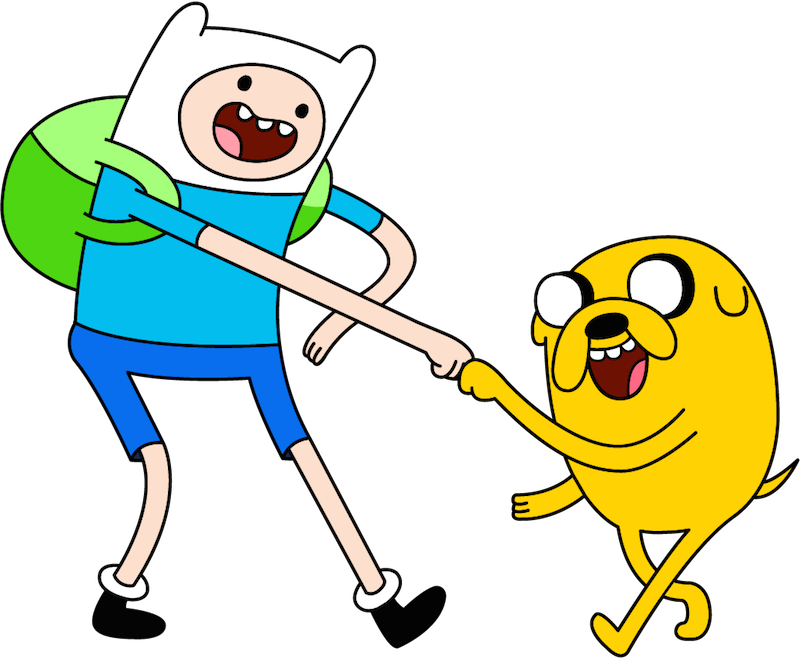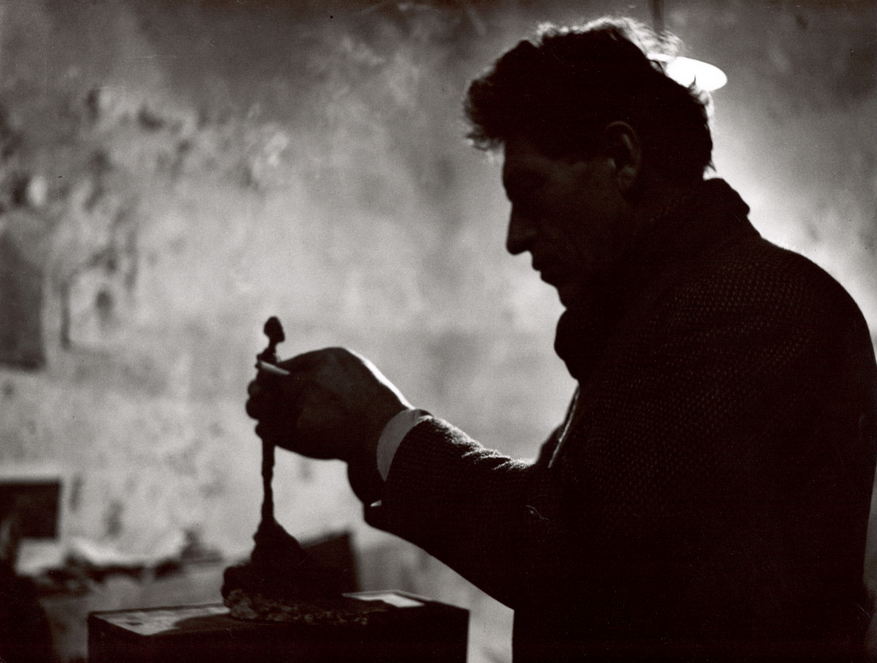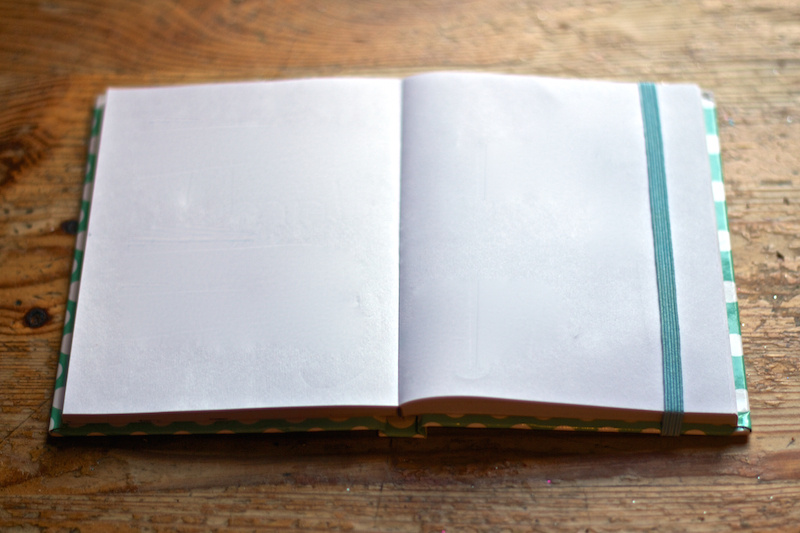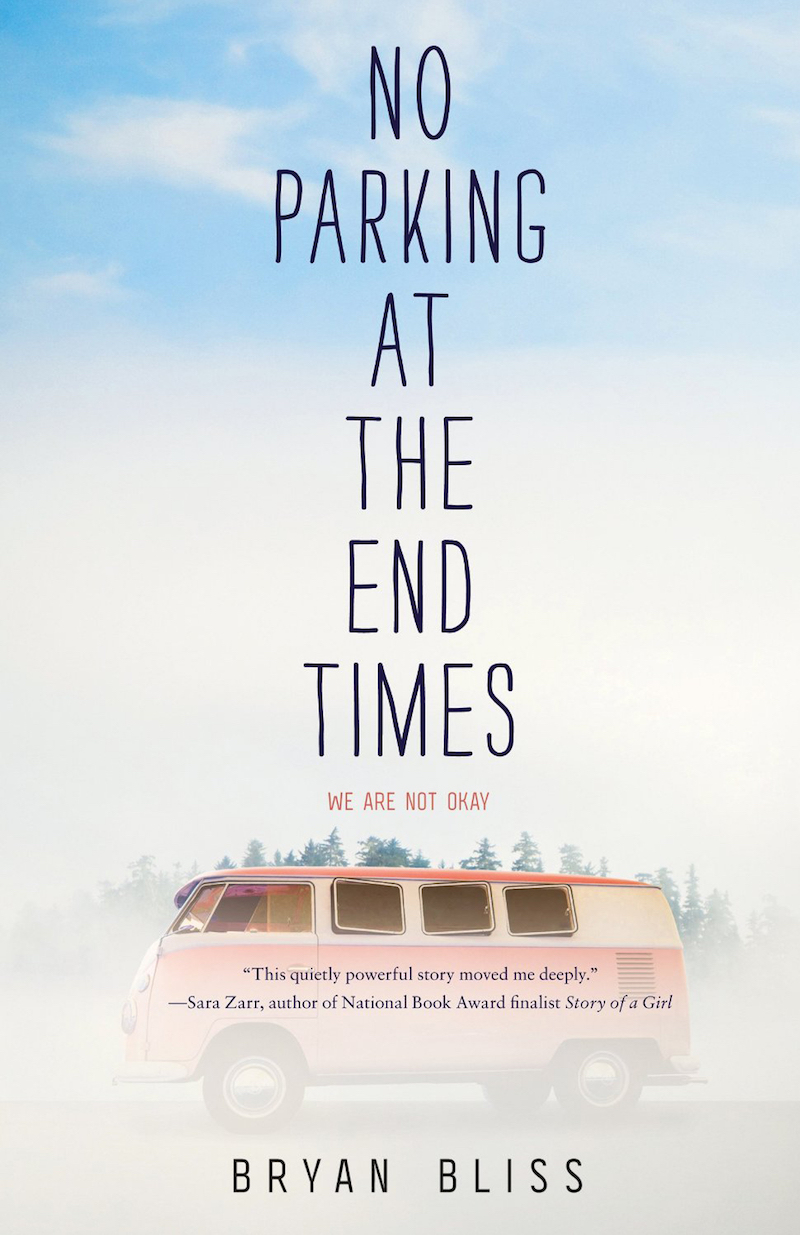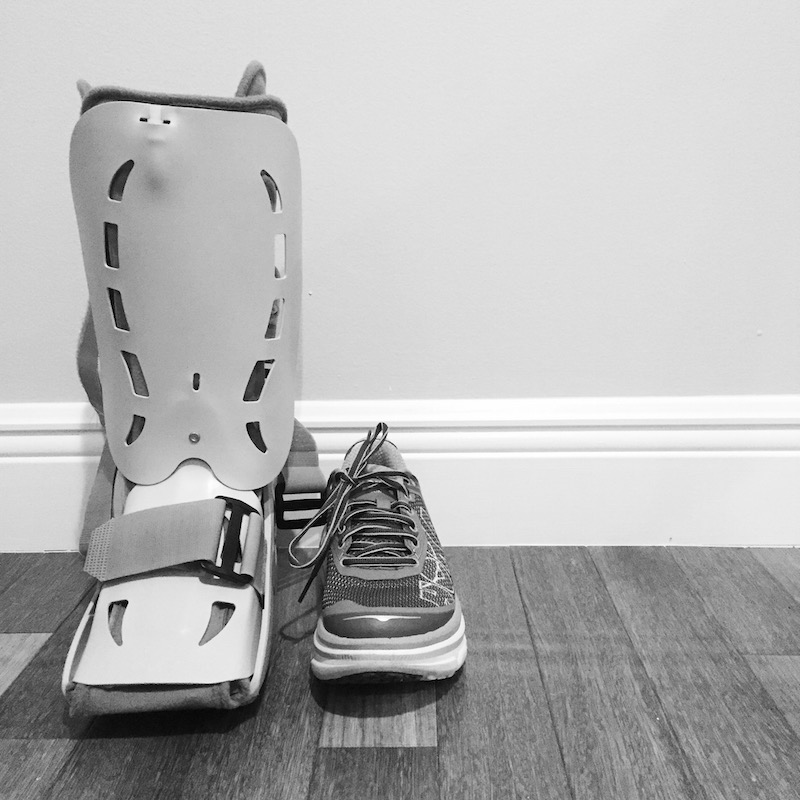Icebreakers
Chrysta Brown
It is a Saturday. I am 18. I’m at one of too-many college orientation events.
Even though all of my materials read “Chrysta,” my nametag reads “Crysta.” I added in an “h” with a black sharpie. They’ve assured me that the spelling will be fixed in time for tomorrow's activities and I am oh-so-thoroughly relieved and stick the typo on my jeans, out of site.
The introductory activity is an acrostic poem using the letters of our name. My subsequent eye roll is unavoidable. Whenever I am in a situation in which adult says “We’re going to start with a quick ice breaker,” my eyes take the path of least resistance toward the back of my skull. My neck throws itself back, and my nostrils flare. The act is not quick. It is not unnoticeable, but I pick up the pen and write.
C-Creative H-helpful R-Real Y-Why did you spell my name without an “h" STA-Start from the beginning and do it right this time.
It would probably shock you to know that I have never made a friend because of an icebreaker. Not one.
***
It is a Wednesday. I am 26. I am at Starbucks.
I've asked the barista for a London fog. She calls her manager who informs me that Starbucks doesn’t carry London Fogs. “You do,” I say, weary and un-caffeinated. “It’s an Earl Grey tea latte with vanilla syrup.”
“Oh,” the manager says. “So you would order that by asking for an Earl Grey latte with vanilla syrup.”
The outer edge of my left eye twitches behind my glasses. “I think," I smile in a way that's really just cheek flexion, “that is what I did when I ordered a London Fog!" But what the barista hears is “Okay, great.”
“What’s your name?” she asks with her Sharpie at the ready.
“Chrysta,” I answer. I pay with my Starbucks app and walk over to the pick-up counter.
“Would you like to add a tip?” the app prompts.
The barista slides my drink over to me and I stared at the cup that reads “Krystal” in scratchy black letters.
I clear the notification and put my phone back into my purse.
***
People are always misspelling my name. My least favorite misspelling is anything that ends with l or n. Those letters create a different name and were combined to describe a different person who is not me. My favorite misspelling happened at a bookstore coffee shop. I picked up my coffee and saw “Christ” written on the cup. That is also not my name, but wouldn’t that be fun? Just imagine.
Introductions: Hi, I’m Christ. Restaurants reservations: Christ table for 13! Picking someone up: Christ is here for you.
When I was growing up, I wanted my name to be Tia. Tia was mature, had a leather jacket, wore heels, and she was extroverted, easily approachable, and likable. Tia is made up of three easy letters. You have to try really hard to misspell it. Chrysta, on the other hand, aspires to maturity. She loves sweatpants and flip-flops. She is quiet. The spelling is not instinctual. You have to spend time with it, figure it out, and remember it. She is me.
In Sloane Crosley’s essay collection, I Was Told There Would Be Cake, she writes of her own struggles with an atypical name and its spelling. “Yes, my name is my cross and my co-pilot.” In place of the exotic, affluent, or adventurous childhoods that other children had, the terrain of her upbringing was contoured by her “vowel-heavy name inscrutable to people of all nationalities.”
That's not completely true for me. Upon hearing my name, a Greek man paused and said, “Chrysta…. Are you Greek?"
I squinted my eyes and shook my head. “…No…” I answered, uncomfortably running my hand through a short afro.
***
I am 27. Another icebreaker, another team building activity. “Define yourself with one word.”
Our names mark and distinguish us. Look into a container marked with “wires,” “shoes,” or “Butterscotch Krimpets,” and you should find wires, shoes, and Butterscotch Krimpets. Names describe and define, not only things, but also people. There are distinct differences between a Matt, a Mark, and a Britany. Krysta is not to interchangeable with Crysta or Chrysta. They are all different for a variety of reasons, starting with what you call them.
“They,” Crosley writes of her parents “wanted me to have something I could point to and say: This is where I’m from. This is who I am.” So they named her Sloane.
I pick up my navy blue sharpie and write, “Chrysta.” That is it. That is all.


